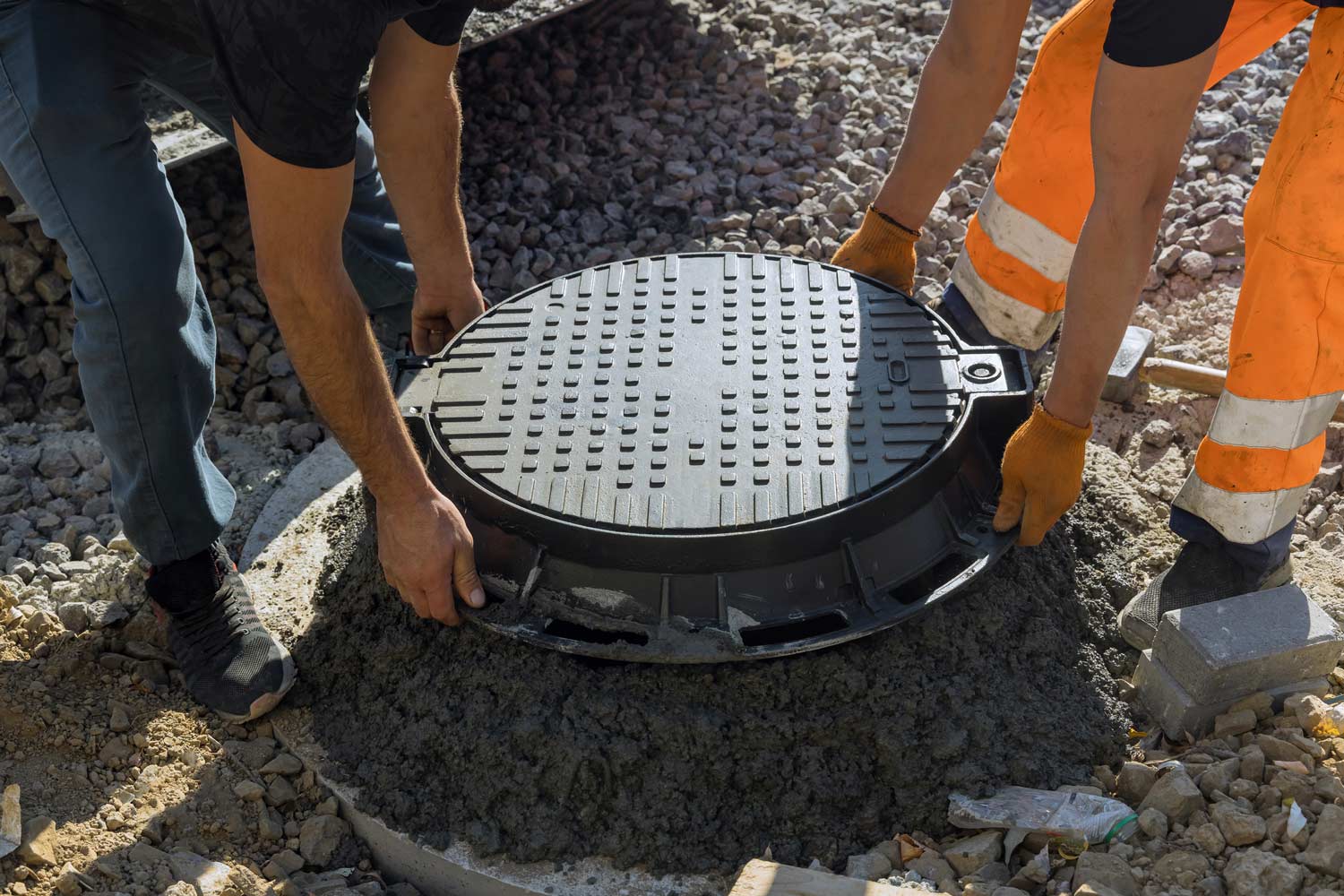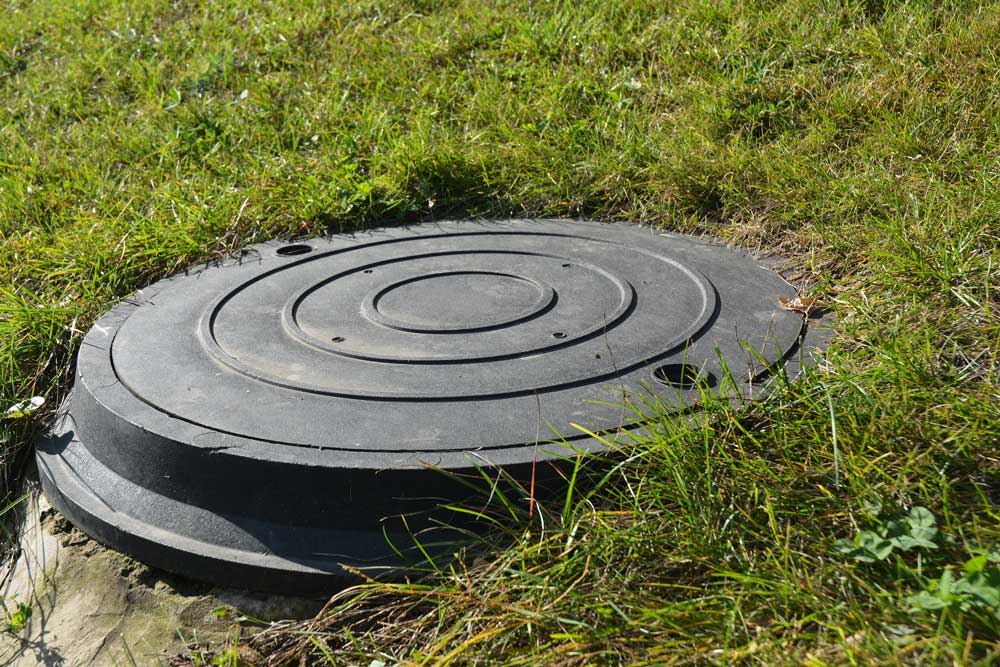4 Signs of a Good Septic Installation Site
Choosing a good site for your new septic system depends on two critical factors. First, the site should be able to treat and absorb the septic waste. Secondly, the site's location should not allow the system to contaminate or affect other people, animals, or plants. Below are four specific signs that you have a good location for your septic system.
1. The Soil Has Good Percolation
The septic tank pretreats waste before the waste flows to the drain field. The drain field continues the waste treatment by allowing the waste to percolate into the soil at a reasonable rate. A soil percolation (perc) test is necessary to determine your site's percolation rate. The type of soil and soil particle sizes determine the percolation rate.
Waste should not percolate into the soil too fast since that might allow untreated waste to reach groundwater. Similarly, waste should not stay on the surface for too long; that would expose you to contaminated waste.
A septic contractor will execute a perc test before the septic design. The test involves digging a hole in the site and measuring how fast it absorbs water poured into it. A bad result doesn't necessarily mean you cannot have a septic system. For example, the contractor may excavate and backfill it with permeable materials with a good percolation rate.
2. The Land Has a Low Slope
The slope of the land determines water or waste flow. For example, the ideal case is where the ground gently slopes from the septic tank towards the drain field. Such a landscape allows septic waste to flow from the tank into the drain field with the force of gravity. Otherwise, you must pump the waste from the tank to the drain field.
A gentle slope also allows waste to stay on the drain field as it percolates. A drain field on a steep slope is not ideal because the waste might flow away before percolation. In addition, placing a drain field on a steep slope may allow surface water to sweep off the waste before absorption.
3. The Place Is Not a Wetland or in a Drainage Path
Soil water saturation also affects the waste absorption rate. If water already saturates the ground, waste from the tank won't find spaces between the soil to occupy and drain. The waste might stay on the surface for a long time, causing a health and environmental contamination risk. Therefore, many places do not allow septic installation on wetlands or areas with high water tables.
The same problem might arise if the drainage site sits on a path of a drainage path where floodwater usually follows. Your septic contractor may have a workaround if the area seasonally floods. For example, improved drainage around the site may help.
4. The Location Is Adequately Far From Other Structures
The site's distance from other structures or water bodies also matters. A good septic site should be adequately far from areas, things, or structures it might contaminate. Local building codes even specify specific clearance distances from:
- Dwelling places, such as main houses
- Wells
- Ponds
- Rivers
- Wildlife habitats
The clearance distances are necessary to allow the drain field to absorb all waste before it can contaminate other areas. Septic contractors understand the technical details; your contractor will analyze the site and advise you on its suitability for septic installation.
Contact
JT Sanitation to help you choose a good septic site that is compliant with all legal requirements. We can also modify your site and design and install a good system that fits your needs. Our technical expertise, experience over the years, and good reputation mean we consistently deliver professional septic services.

